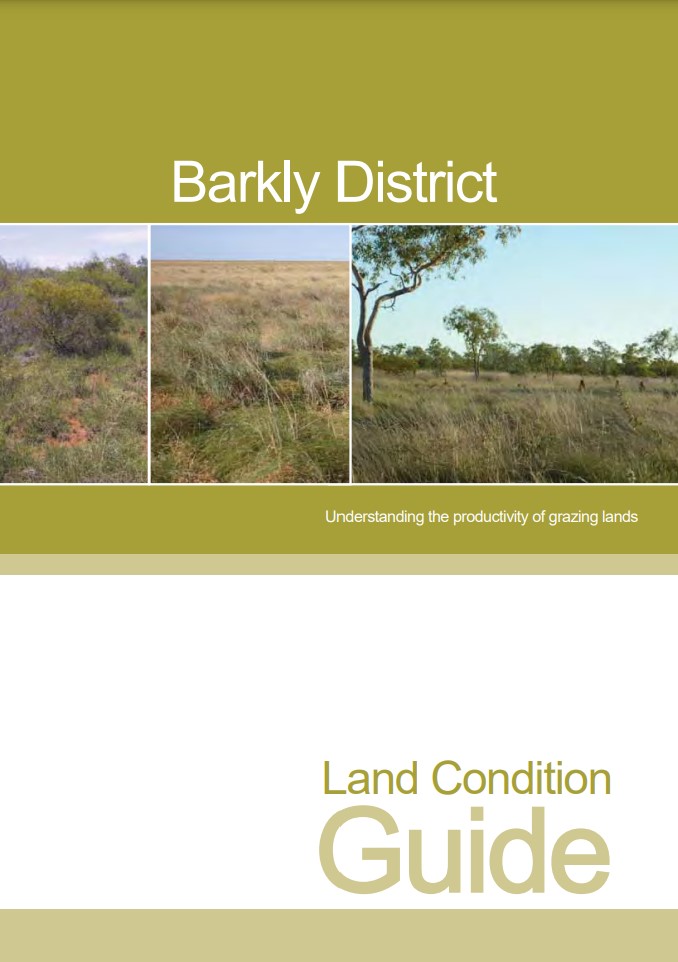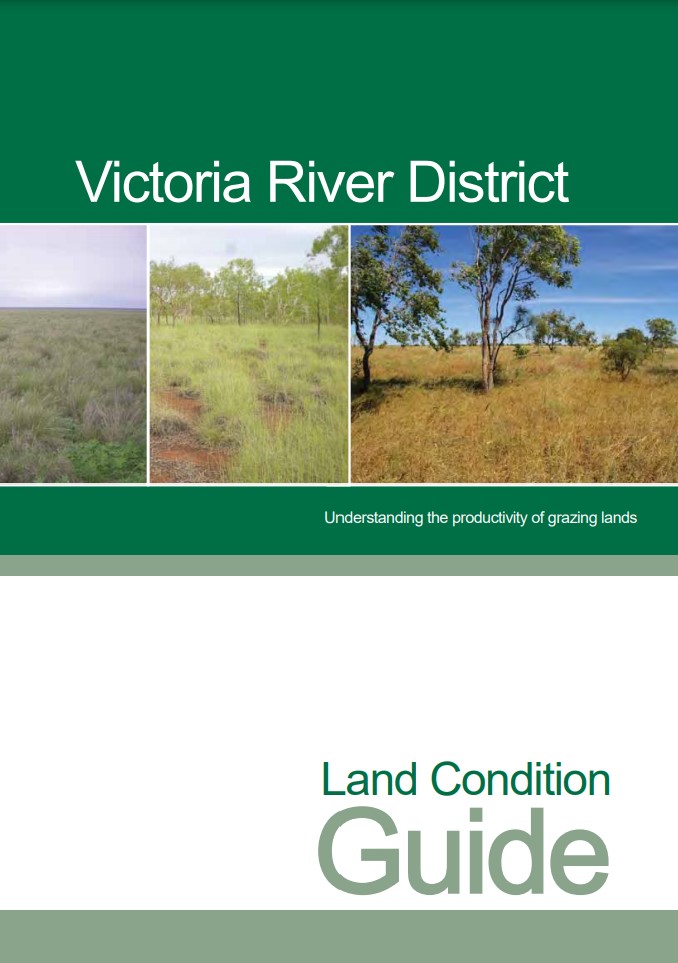How many cattle can the country carry?
In recent years, low rainfall has impacted large parts of the Northern Territory. The extended dry conditions have contributed to widespread death of Mitchell grass in some regions, prompting concern about the ability of the pastures to recover to their former productivity.
Paddocks that have suffered a decline in land condition and lost their perennial grasses (such as Mitchell grass) don’t grow as much useful forage and can’t carry as many cattle throughout the year. This decline in land condition can be tricky to assess. Luckily, there are some great resources available to help assess land condition and how this affects pasture growth and safe stocking rates.
The NT Land Condition Guides, written by Caroline Pettit, collate decades of research from the Northern Territory Government’s Department of Industry, Tourism and Trade (DITT). These guides include:
- How to recognise land condition change
- How land condition affects pasture growth and carrying capacity
- How pasture growth and carrying capacity vary with rainfall in the region
- Maps of the land systems in each region with pastoral lease overlay.
Management decisions
Understanding pasture condition can assist managers in making stocking rate decisions and quantifying how many extra cattle can be carried if land conditions were improved. The information in these guides can assist with decision making e.g. will it pay to spell during the wet season to increase pasture condition, or, would it be wise to destock early in dry periods to preserve pasture condition in the long run?
Investment decisions
Assessing the carrying capacity of current land condition and the potential carrying capacity of improved land condition can also provide valuable information for those looking to invest in northern Australia’s beef industry. Understanding the likely gain in carrying capacity can help inform financial allocation to infrastructure development or pasture improvement practices.
For investors looking to purchase pastoral land, land condition should be a primary consideration. The NT Land Condition Guides can help with assessing carrying capacity based on present land condition, and ensure land is valued on its current productivity. It is also possible to calculate potential productivity if rehabilitation and appropriate grazing management practises are implemented and land condition improves. Past stocking rates are not always indicative of sustainable carrying capacity. If the land isn’t in great condition now, it is likely that stocking rates have been too high at some stage.
Using the Land Condition Guides
The Creswell land type in the northern Barkly region has recently been the focus of much research and development. The department’s Senior Rangeland Scientist, Dr Robyn Cowley, says: “when these pastures are in good condition, they are dominated by palatable perennial grasses, such as curly bluegrass and Mitchell grass, and have an average carrying capacity of 9 to 12 AE/km². However, the loss of perennial grasses from the recent lack of rain may have reduced the carrying capacity to about half that and it could take several years for recovery to occur.
Spelling and lighter stocking rates in the next few years may pay off in the longer term to restore pasture condition and increase livestock production.”
Conclusion
The Rangelands and Extension teams at the department are happy to help people use the NT Land Condition Guides and provide further information for pasture management decisions. To access these guides, head to the Northern Territory Government Department of Industry, Tourism and Trade’s website: Managing pastoral land.
Alternatively, contact Caroline Pettit, Senior Rangelands Research Officer on (08) 8999 2178 or caroline.petit@nt.gov.au.


